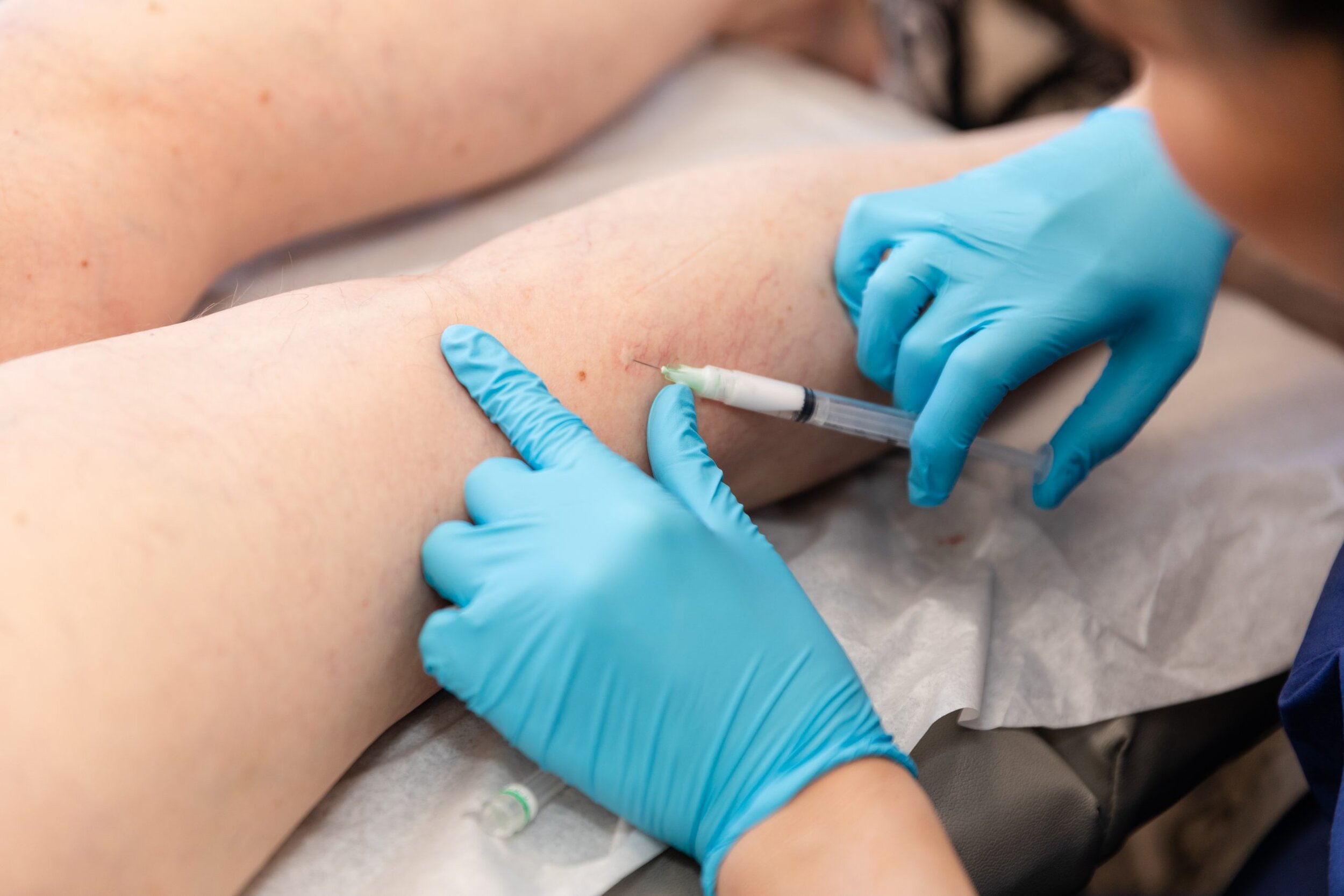Spider veins and varicose veins are health concerns that can affect many people. These visible vein changes may be purely cosmetic, while for others, they can also present physical discomfort or medical challenges. Various treatments are available to address these issues, and among them, sclerotherapy is a widely known option.
What Is Sclerotherapy?
Sclerotherapy is a minimally invasive medical procedure used to address spider veins and varicose veins. It involves the injection of a specialized solution directly into the affected vein. This solution causes the targeted vein to scar and collapse, redirecting blood flow to healthier vessels. The treated vein is reabsorbed by the body, reducing its visibility.
How Does It Manage Vein Health?
Beyond its cosmetic benefits, sclerotherapy plays a significant role in managing the health of affected veins. When left untreated, spider veins or varicose veins can sometimes escalate, leading to symptoms such as swelling, aching, or a feeling of heaviness in the legs. Addressing these veins through sclerotherapy can help alleviate such symptoms in certain cases.
Improving Circulation
Sclerotherapy can directly aid in improving blood circulation in the treated area. Varicose veins result from blood pooling due to valve dysfunction within the vein. By closing off these dysfunctional veins, blood is redirected to healthier vessels, which can support better circulation overall.
Reducing Discomfort
For individuals experiencing discomfort related to varicose veins, sclerotherapy may provide relief. Symptoms such as aching, swelling, or throbbing in the legs have been reported to improve following treatment. While this improvement may vary depending on the specific condition of the individual, the procedure has a long track record of positive outcomes.
Preventing Further Issues
Sclerotherapy does not entirely prevent new vein issues from forming. It can help manage the progression of existing vein-related concerns. By treating veins that are already compromised, the procedure may reduce the risks of complications associated with varicose veins, such as skin discoloration or ulcers.
Low Commitment and Recovery
Sclerotherapy is known for its minimal recovery time. Following the procedure, compression stockings may be recommended to support the treated area, and patients can typically return to their regular activities within one to two days. Simple aftercare instructions, such as avoiding intense physical activity or prolonged sun exposure, help maintain the results of the procedure.
Talk to a Vein Specialist About Treatment
Sclerotherapy remains a valued option for addressing issues like spider veins and smaller varicose veins. While it offers both cosmetic and functional benefits, it’s integral to assess whether this procedure is the right approach for you. Vein health varies from person to person, and the causes and severity of vein conditions differ widely. If you’re experiencing symptoms of vein-related concerns or are interested in addressing their appearance, consulting a licensed vein specialist is an advisable first step. A professional can discuss your medical history, determine what treatments may be suitable, and outline a plan tailored to your specific needs. Sclerotherapy offers an effective way to manage the health and appearance of affected veins, though it is just one part of an overall approach to vein care.

